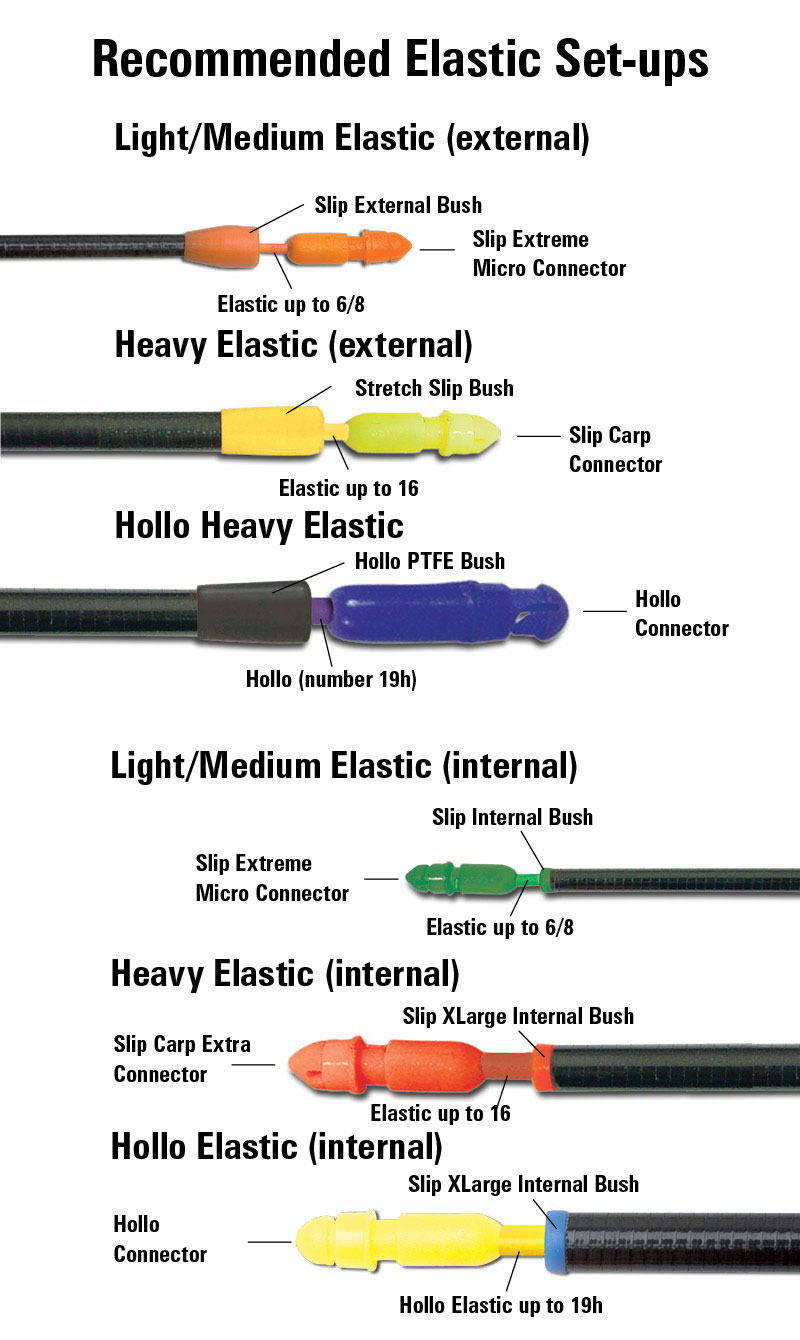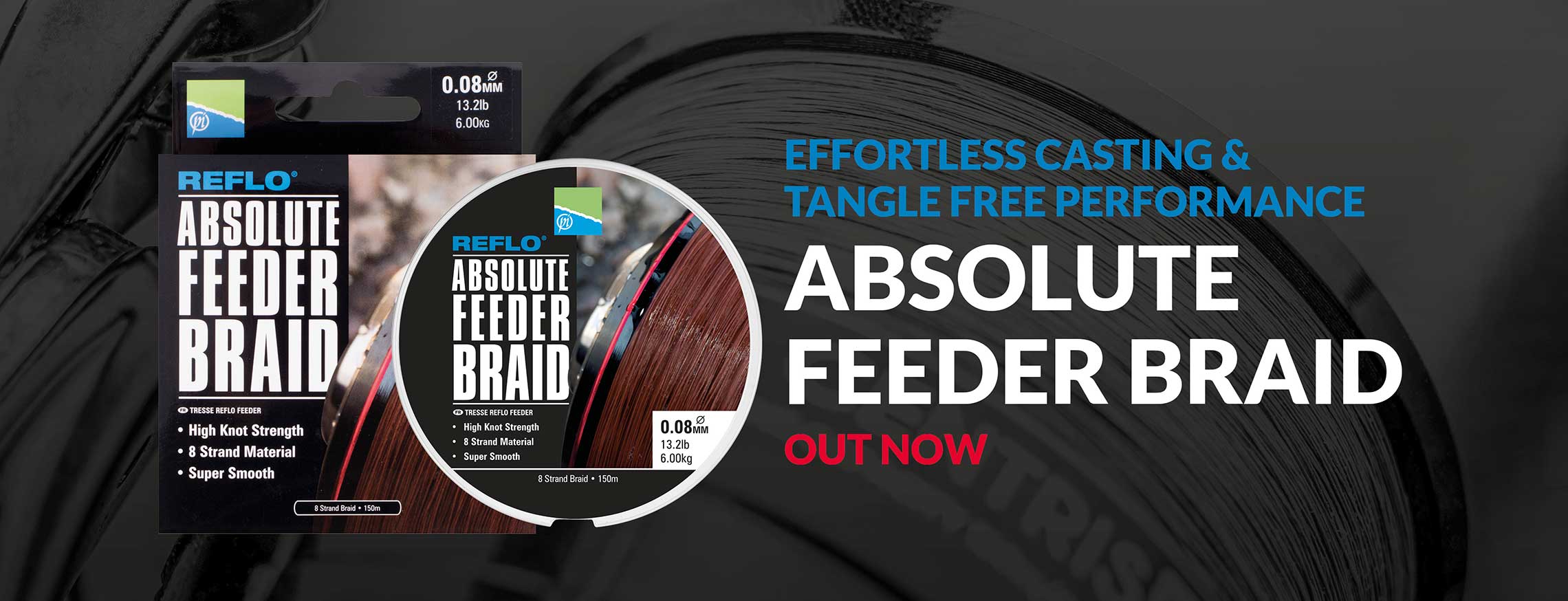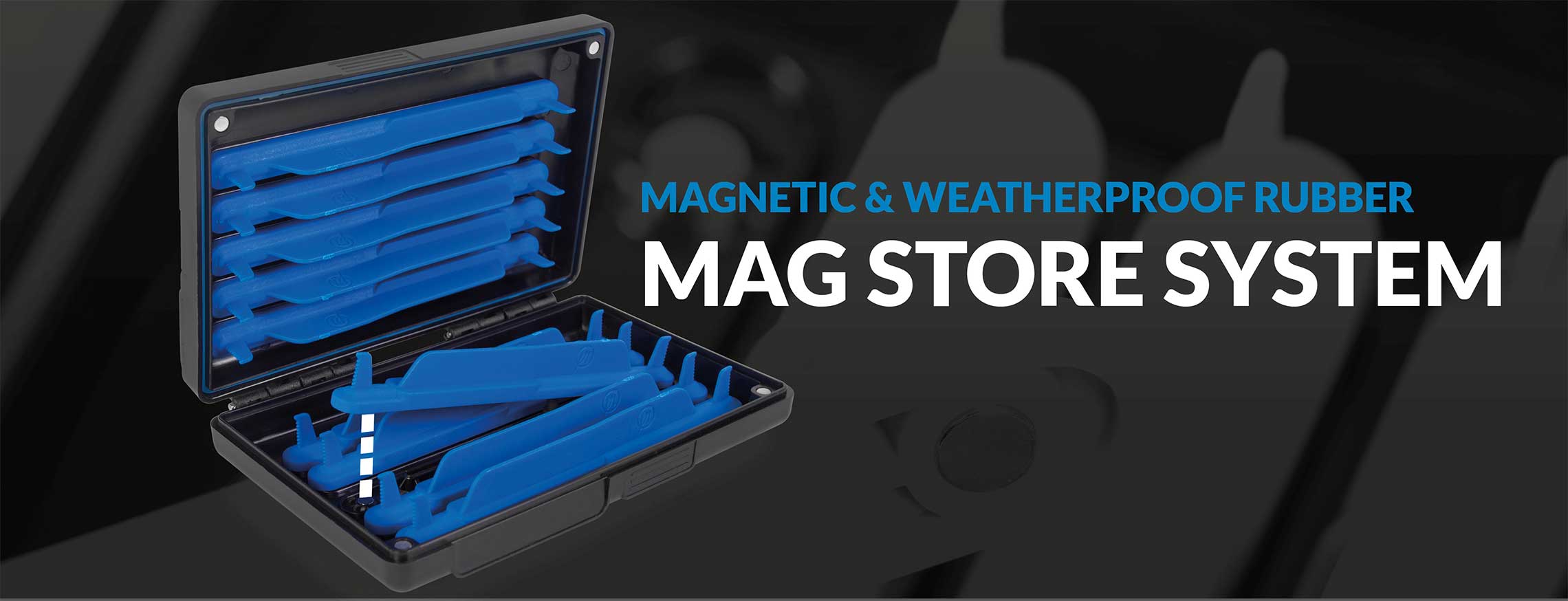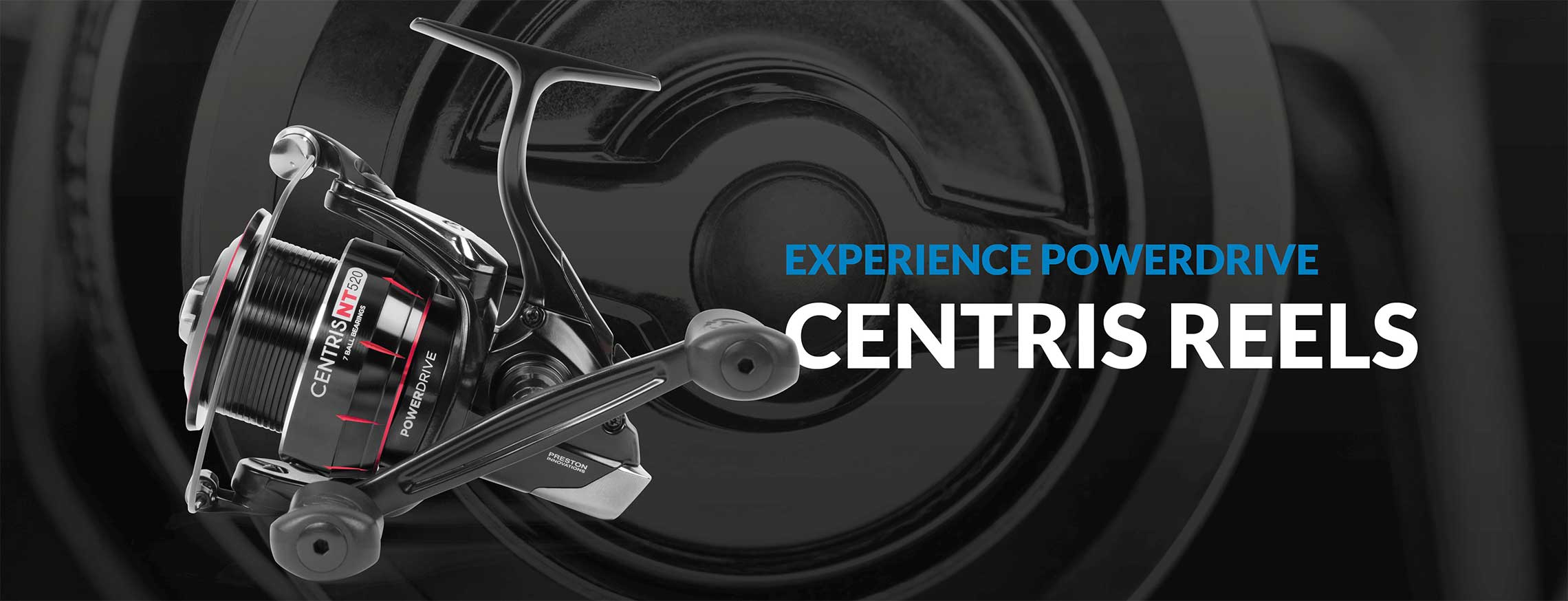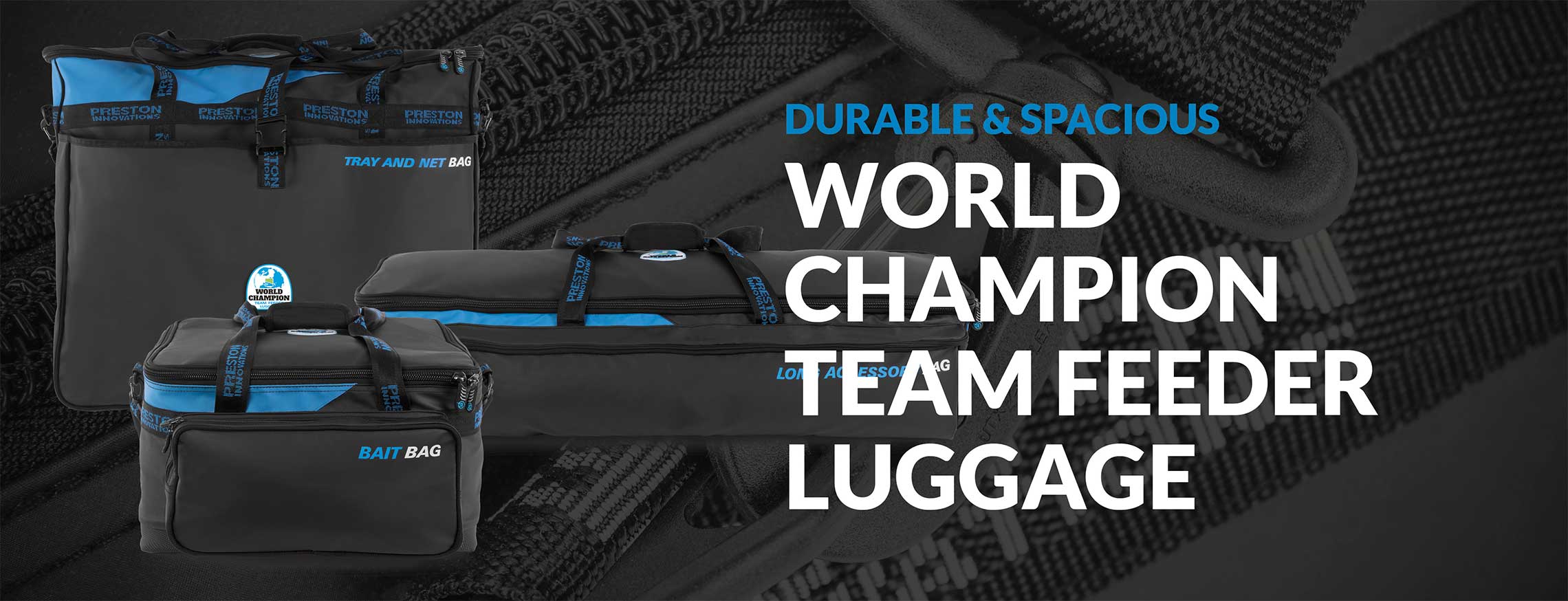Elastication
Share the Elastication article:
Share
Since we began producing pole elastic over 20 years ago there have been many changes in fishing styles and the venues, and fish anglers now regularly encounter has changed greatly.
When we first started producing elastic there was only one type available and it was restricted to a maximum of number 8 we now have no less than five different types all available in the much heavier strains required by the modern match angler.
We have three sorts of standard Solid elastics, Flouro and Original Slip which have a colour coding system and the natural creamy coloured latex Solid elastics are ideally suited to most match fishing situations with there controlled stretch its easy to adjust them depending on the requirements of a particular peg be it catching roach on fine number two or playing hard fighting carp.
Solid elastics are the first choice of many of our anglers when it comes to choosing a shock absorber for catching bags of small fish and at the other end of the scale many still carry a kit fitted with tight 16 for those days when you really need to boss fish away from snags on heavy gear.
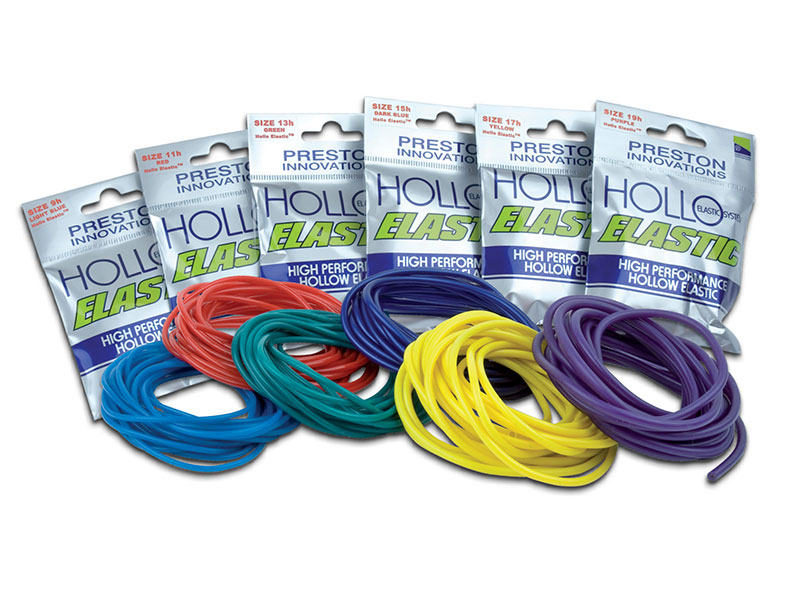 Since the popularity of carp fishing anglers have been looking for an edge to help them land fish quicker, when Hollow elastics came along they soon caught on to the fact that the increased stretch offered allowed them to fish small hooks with less danger of pulling out, but these soft elastics presented a new problem.
Since the popularity of carp fishing anglers have been looking for an edge to help them land fish quicker, when Hollow elastics came along they soon caught on to the fact that the increased stretch offered allowed them to fish small hooks with less danger of pulling out, but these soft elastics presented a new problem.
In some instances they where too soft this is when the advent of the pulla kit / bung changed the way many anglers fished small hooks and light elastics could be used allowing fish to make there initial runs with the benefit light elastics and the when fish are ready to be netted allowing the tightening of the elastic making netting fish on a top kit easy.
_opt-jpeg..jpg) Des Shipp explains the advantages of doubled elastic, “To get the best of both world anglers have now started to double up light solid elastics such as 4 and 5 this gives the benefits of soft set elastic for the fish's initial run but steadily increases the pressure as the hooked fish runs, I suppose you could say a doubled 4 would give you an 8 although this is not strictly true as the way in which the pressure is applied is different and seams to subdue fish more quickly.”
Des Shipp explains the advantages of doubled elastic, “To get the best of both world anglers have now started to double up light solid elastics such as 4 and 5 this gives the benefits of soft set elastic for the fish's initial run but steadily increases the pressure as the hooked fish runs, I suppose you could say a doubled 4 would give you an 8 although this is not strictly true as the way in which the pressure is applied is different and seams to subdue fish more quickly.”
Previously threading double elastic had been its main draw back but the addition of Double Elastic makes threading this type of set up as simple as using any single strand elastic just thread it normally and then separate to give you double elastic but with out the associated headaches.
We like to think that by giving such a wide range of elastics there is something to suit every situation you are likely to encounter.
